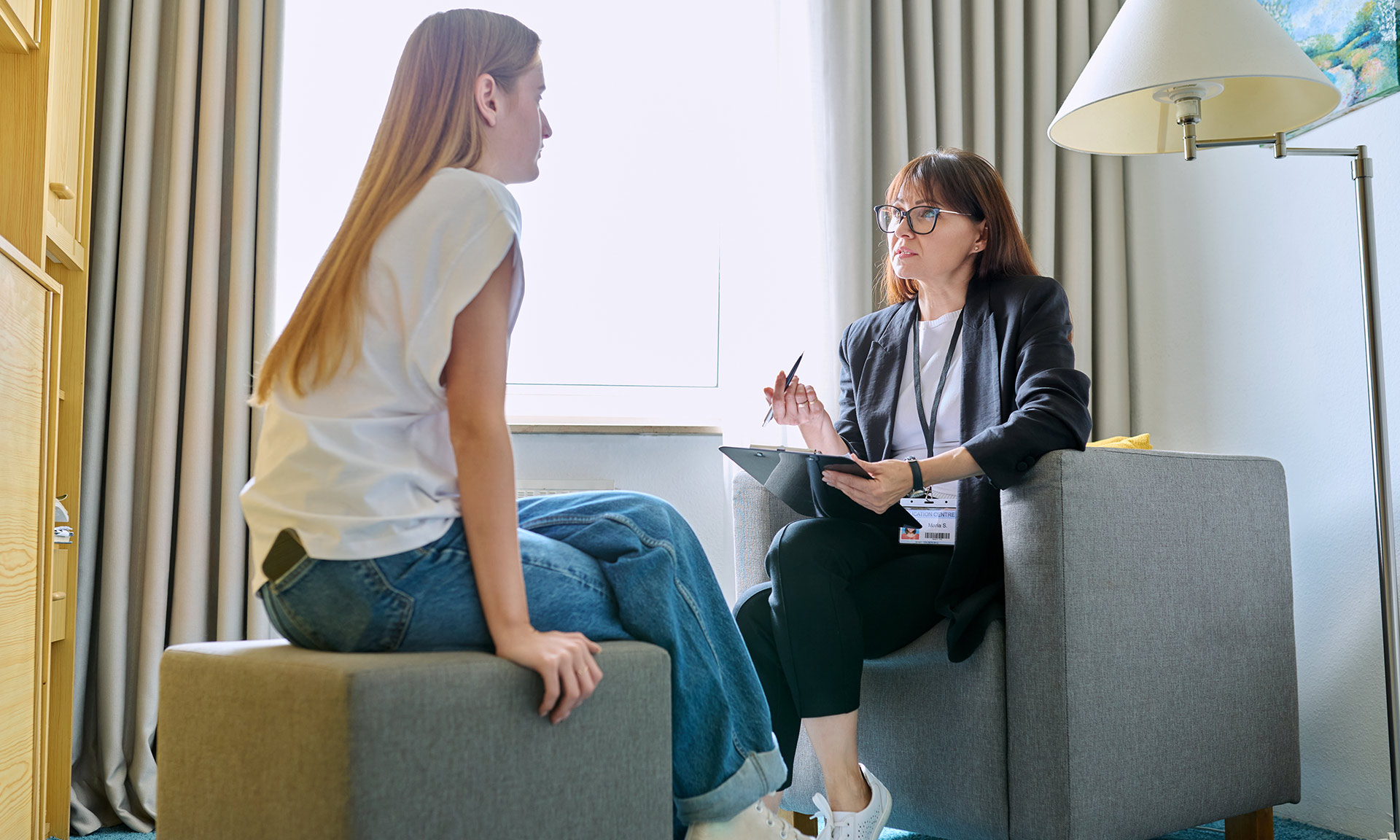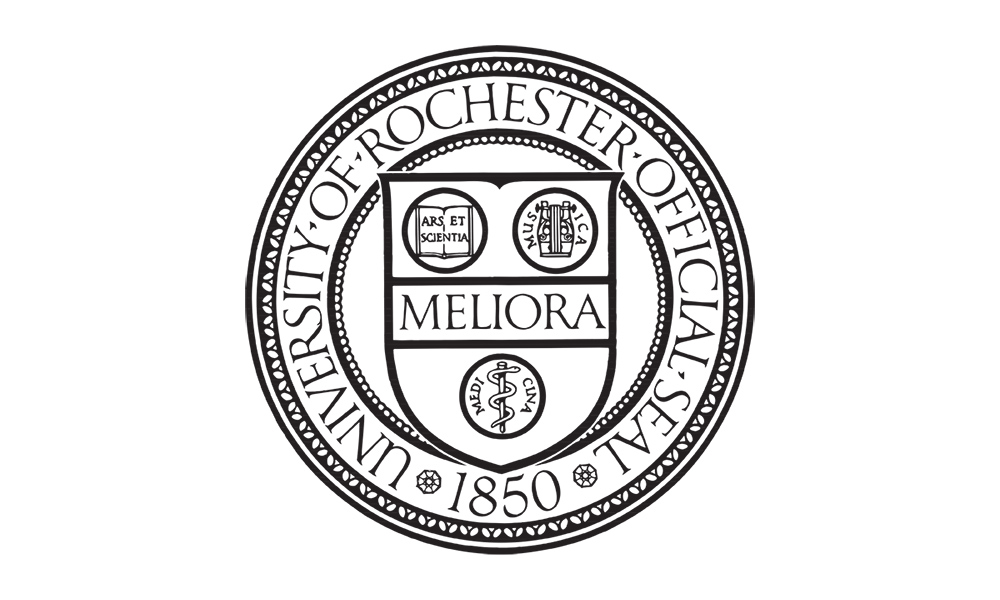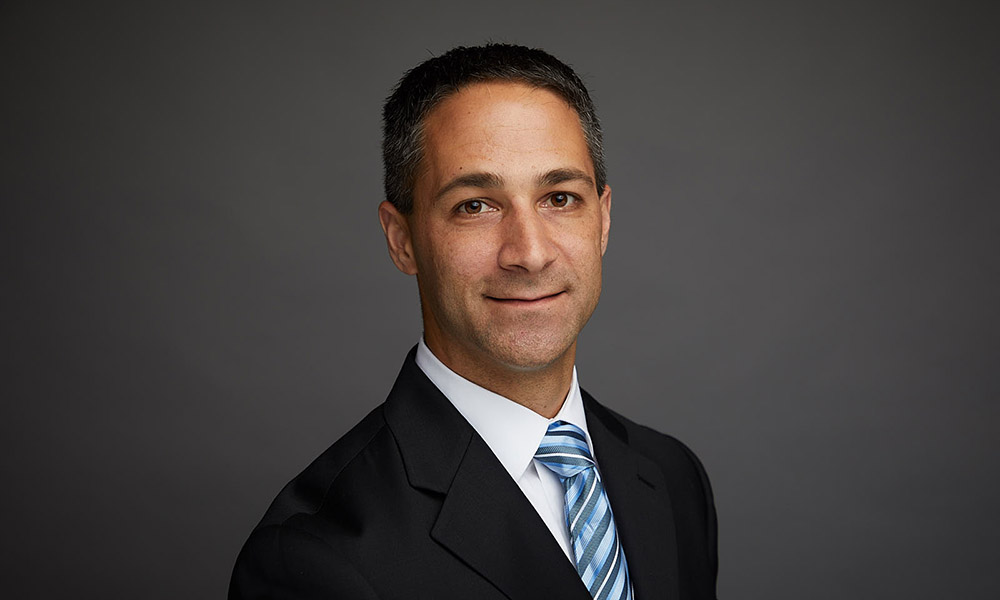The financial incentive for University of Rochester employees is also more than doubling.
Sixteen years ago, the University of Rochester in collaboration with the City of Rochester, participating local lending institutions, and neighborhood partners launched a home purchasing program for University employees to help them become first-time homeowners. Over the years, the University Home Ownership Incentive Program has provided grants of $9,000 to employees to go toward the down payment or closing costs for a home purchased in specific historic neighborhoods near the University.
Based on the program’s success, and as part of the University’s longstanding commitment to being a strong community partner with the City of Rochester, University President Sarah Mangelsdorf has announced a major expansion of the University Home Ownership Incentive Program. Effective August 1, 2024, the program will be extended to the purchase of a new home as a primary residence anywhere within the city. Additionally, the financial incentive—provided through the University, City of Rochester, and four participating local lending institutions (Advantage Federal Credit Union, Canandaigua National Bank, Genesee Regional Bank, and KeyBank)—will increase from $9,000 to $20,000.
“The University Home Ownership Incentive Program has been a success story in stabilizing and revitalizing some of the city’s most historic city neighborhoods, while also helping our employees more easily realize the dream of home ownership,” says President Mangelsdorf. “It’s a simple model that works through collaboration, and the University is so grateful to have the City of Rochester and participating local lending institutions as longtime partners in this effort. I’m extremely excited to announce this major expansion of the program and thank Rochester Mayor Malik Evans for his vision and commitment to the shared goal of making Rochester an even stronger community in which to live and work.”
“I applaud the University of Rochester and our partner lending institutions for expanding the University Homeownership Incentive Program, which has been a valuable component of the city’s Employer Assisted Housing Initiative for many years,” says Rochester Mayor Malik Evans. “As the city’s largest employer, it is gratifying to see the University reinforce its commitment to its workforce and the city. Partnerships that support the American dream of home ownership in the city advance our goal to create a safe, equitable, and prosperous Rochester by inspiring hope and delivering opportunity for everyone.”
With these enhancements, the program will effectively work the same way as when it was first created: the University, City of Rochester, and one of the partner banks or credit unions will now jointly provide $20,000 toward the mortgage costs of a first-time home purchase in the city with a closing date of August 1, 2024, or later. As long as the individual remains a qualifying full- or part-time University employee and owns the house as their primary residence for a minimum of five years, there is no required repayment of the $20,000. A total household gross income requirement of less than $135,000 in 2022 (for 2024 applications) has been added in an effort to make first-time home ownership a reality for many employees who may otherwise consider it immediately out of reach.
Background
In the founding year of the University Home Ownership Incentive Program, two financial lenders came on board; in 2017, seven local banks and credit unions participated.
In the program’s first two years, 120 employees took advantage of it. As of this summer, more than 560 employees closed on a home, and more than $1.6 million in financing incentives has been dispersed.
The original neighborhoods in the University Home Ownership Incentive Program were Highland Park, the 19th Ward, Plymouth-Exchange, and the South Wedge. In August 2017, more regions were added—Beechwood, EMMA (East Main, Mustard & Atlantic Avenue), and Marketview Heights—to encourage more employees to purchase homes in the city, align with the University’s partnership with East High and Connected Communities, and purchase in areas where public transportation is abundant for ease of commuting.
NeighborWorks Rochester has been a partner in the program from the beginning. A community-based nonprofit agency devoted to strengthening city neighborhoods, NeighborWorks provides pre-purchase education, one-on-one counseling, and post-purchase education to buyers.
Commitment to Rochester
In her October 2019 inauguration address, Mangelsdorf reaffirmed the University’s longstanding commitment to the city of Rochester. “Without a vibrant Rochester, the University cannot thrive,” she remarked in her speech at Kodak Hall at Eastman Theatre. Fast-forward to the University’s 2030 strategic plan, Boundless Possibility, which states that “contributing to and benefiting from a just and vibrant city of Rochester and the Rochester region” is one of three core beliefs that guide the plan’s progress.
The enhanced University Home Ownership Incentive Program is one of the institution’s many contributions to the community that may be under-recognized yet vital to Rochester citizens. In 2021, as part of the University’s involvement with Rochester-Monroe Anti-Poverty Initiative (RMAPI)—a community-wide coalition working together to break the cycle of poverty in Rochester—Mangelsdorf raised the minimum wage for University employees to $15 an hour, the first organization in the community to do so.
Additionally, the University of Rochester Medical Center is the region’s only academic medical center and only level-one trauma center, providing life-saving care and around-the-clock services not available elsewhere in the community. Through the Medical Center’s community health mission, it provides important services, wellness activities, and community-based research designed to improve health outcomes, reduce costs, and eliminate health disparities. These include lead poisoning research and abatement in inner-city housing, school-based health clinics and annual school physicals, and dental services through the Eastman Institute for Oral Health’s SMILEmobiles.
There are many additional ways in which the University enriches the educational and cultural environments of the city, including through numerous music and arts programs offered by the University’s Eastman School of Music and Memorial Art Gallery, many of which are free of charge.





